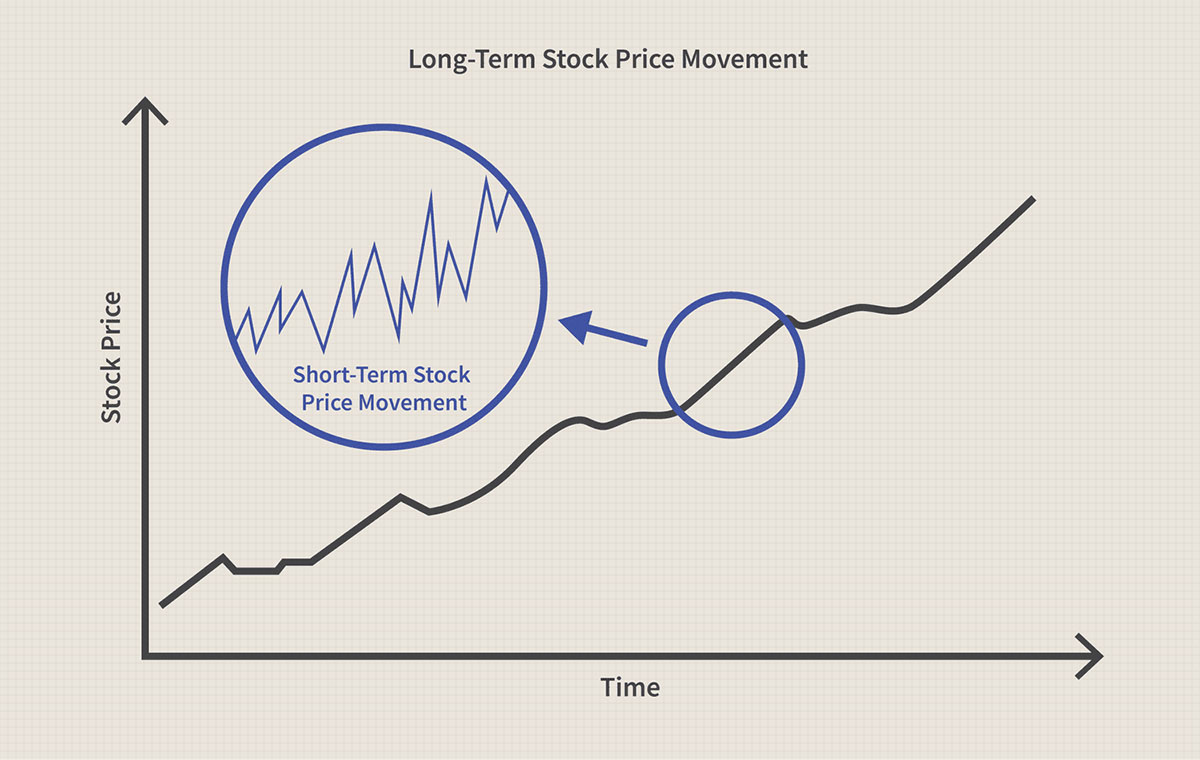Home>Finance>Sector Breakdown Definition And Stock Market Use


Finance
Sector Breakdown Definition And Stock Market Use
Published: January 26, 2024
Discover the definition and importance of sector breakdown in finance. Learn how it is used to analyze stock market trends and make informed investment decisions.
(Many of the links in this article redirect to a specific reviewed product. Your purchase of these products through affiliate links helps to generate commission for LiveWell, at no extra cost. Learn more)
The Importance of Sector Breakdown in Understanding the Stock Market
When it comes to investing in the stock market, understanding the different sectors is crucial. With so many companies operating in various industries, it can be challenging to grasp the overall market landscape. This is where sector breakdowns come in handy. In this blog post, we will explore the definition of sector breakdowns and how they are used in the stock market. Whether you are a seasoned investor or just starting out, this knowledge will help you make more informed investment decisions.
Key Takeaways:
- Sector breakdowns provide a classification of industries within the stock market.
- Understanding sector breakdowns helps investors assess risk, diversify portfolios, and identify investment opportunities.
What is Sector Breakdown?
Sector breakdown, also known as sector analysis or sector classification, is the process of categorizing companies in the stock market based on the industry in which they operate. The stock market is divided into different sectors, such as finance, technology, healthcare, energy, and consumer goods, to name a few. Each sector represents a specific segment of the economy. By breaking down the market into sectors, investors can gain insights into the performance, trends, and dynamics of different industries.
Why is sector breakdown important?
Sector breakdowns offer several benefits to investors:
- Risk Assessment: By analyzing sector performance individually, investors can evaluate the potential risks associated with each industry. Economic factors, government policies, and consumer trends can have varying impacts on different sectors. Understanding these risks can help investors make more informed decisions and manage their portfolios accordingly.
- Diversification: Sector breakdowns provide a framework for diversifying investment portfolios. By investing in companies across different sectors, investors can mitigate risks associated with a particular industry. Diversification can help balance potential losses and maximize returns.
- Identifying Investment Opportunities: Sector breakdowns can help investors identify emerging trends and investment opportunities. By monitoring sector performance and conducting fundamental analysis, investors can spot industries with growth potential and invest accordingly. For example, if technology companies are experiencing rapid growth, it may be a signal for investors to consider allocating funds to this sector.
Understanding sector breakdowns is crucial when interpreting market data, analyzing investment strategies, and managing risk. Being aware of the sectors and their respective performances allows investors to make informed decisions and adjust their portfolios as required.
The Stock Market and Sector Breakdown
The stock market encompasses companies from various sectors, each with its own unique characteristics. Here are some key sectors commonly found in the stock market:
- Finance: This sector includes banks, insurance companies, and other financial institutions. It plays a vital role in the economy by providing capital, managing investments, and facilitating monetary transactions.
- Technology: Technology companies focus on innovations, software development, hardware manufacturing, and information technology services. This sector has been known for its growth potential and disruptive advancements.
- Healthcare: Companies within the healthcare sector include pharmaceuticals, biotechnology firms, hospitals, and healthcare equipment manufacturers. With the increasing emphasis on healthcare, this sector offers significant investment opportunities.
- Energy: Energy companies operate in the oil, gas, and renewable energy sectors. Their activities include exploration, production, refining, and distribution of energy resources. The energy sector is often influenced by global geopolitical events and energy demand.
- Consumer Goods: This sector encompasses companies involved in the production and distribution of consumer products, such as food and beverages, personal care items, and household goods. Consumer goods companies are closely tied to consumer spending behavior.
These sectors are just a few examples, and the stock market consists of many more. By understanding each sector’s characteristics, investors can better assess their risk appetite and align their investment strategy with their financial goals.
Conclusion
In conclusion, sector breakdowns play a vital role in understanding the stock market. They provide a classification of industries within the market and help investors assess risk, diversify portfolios, and identify investment opportunities. By staying informed about sector performances and trends, investors can make more informed decisions and maximize their chances of long-term success in the stock market.
So, the next time you analyze market data or plan your investment strategy, be sure to consider the importance of sector breakdowns. They are the building blocks that help navigate the complex and dynamic world of the stock market.














